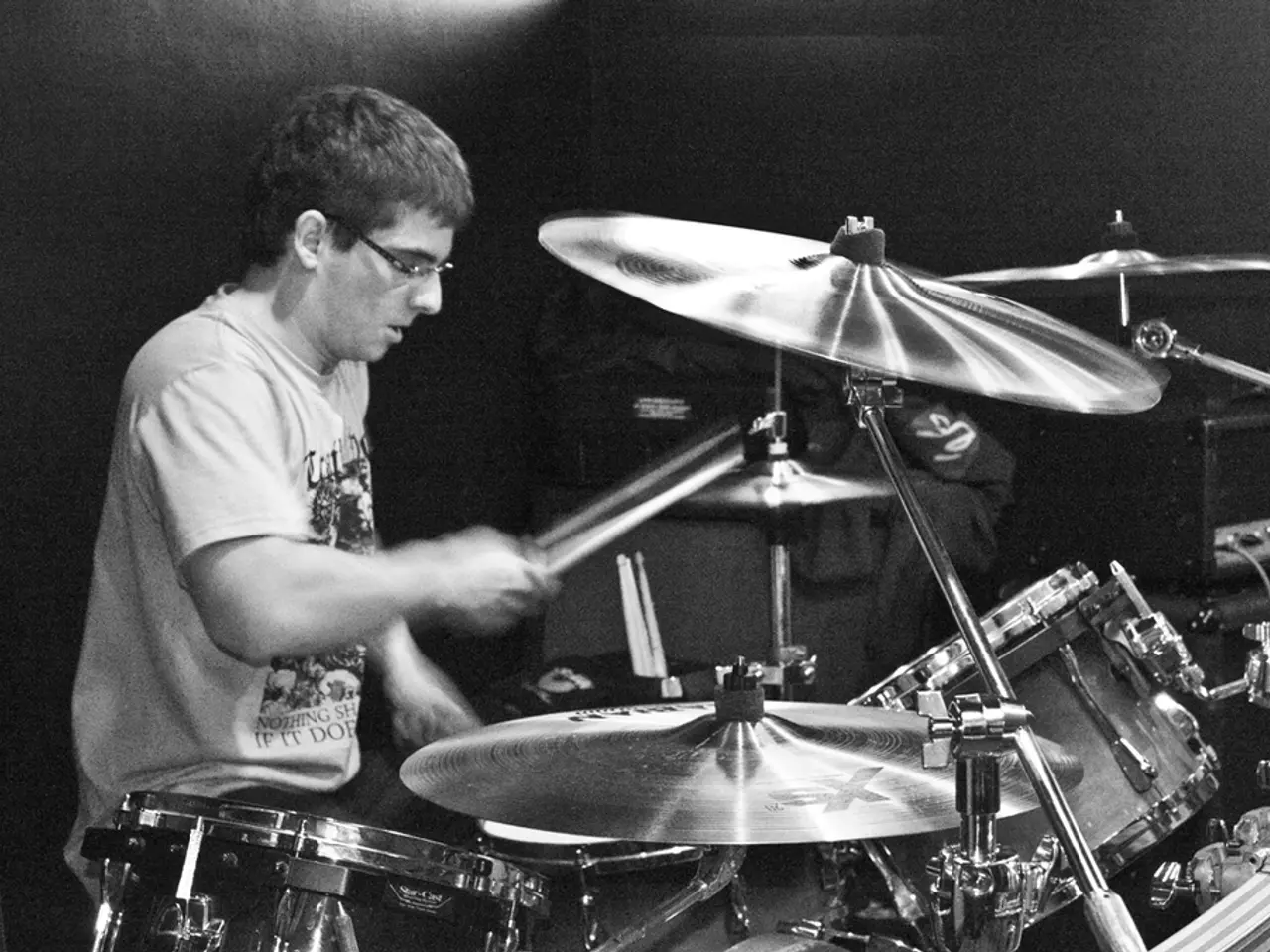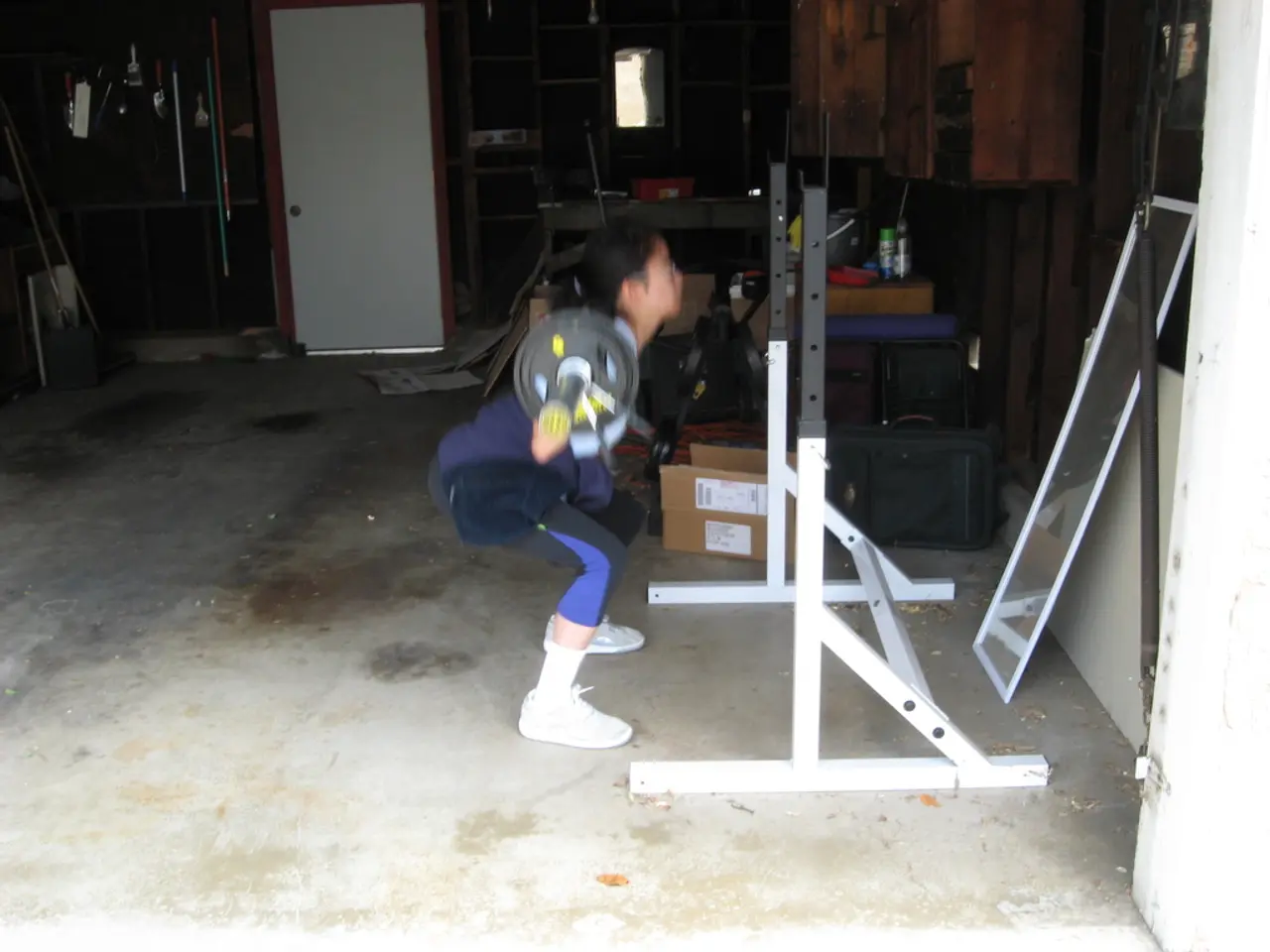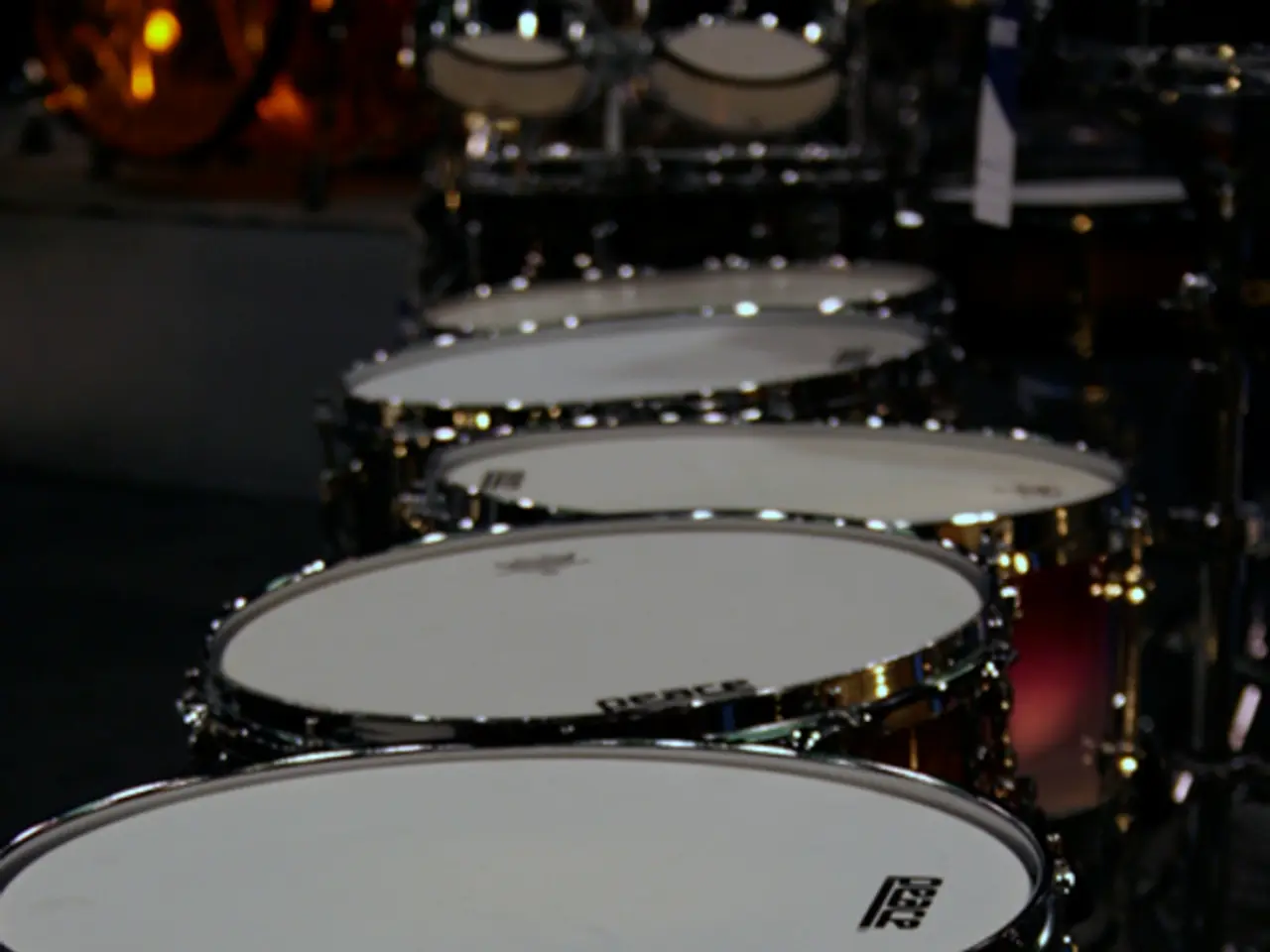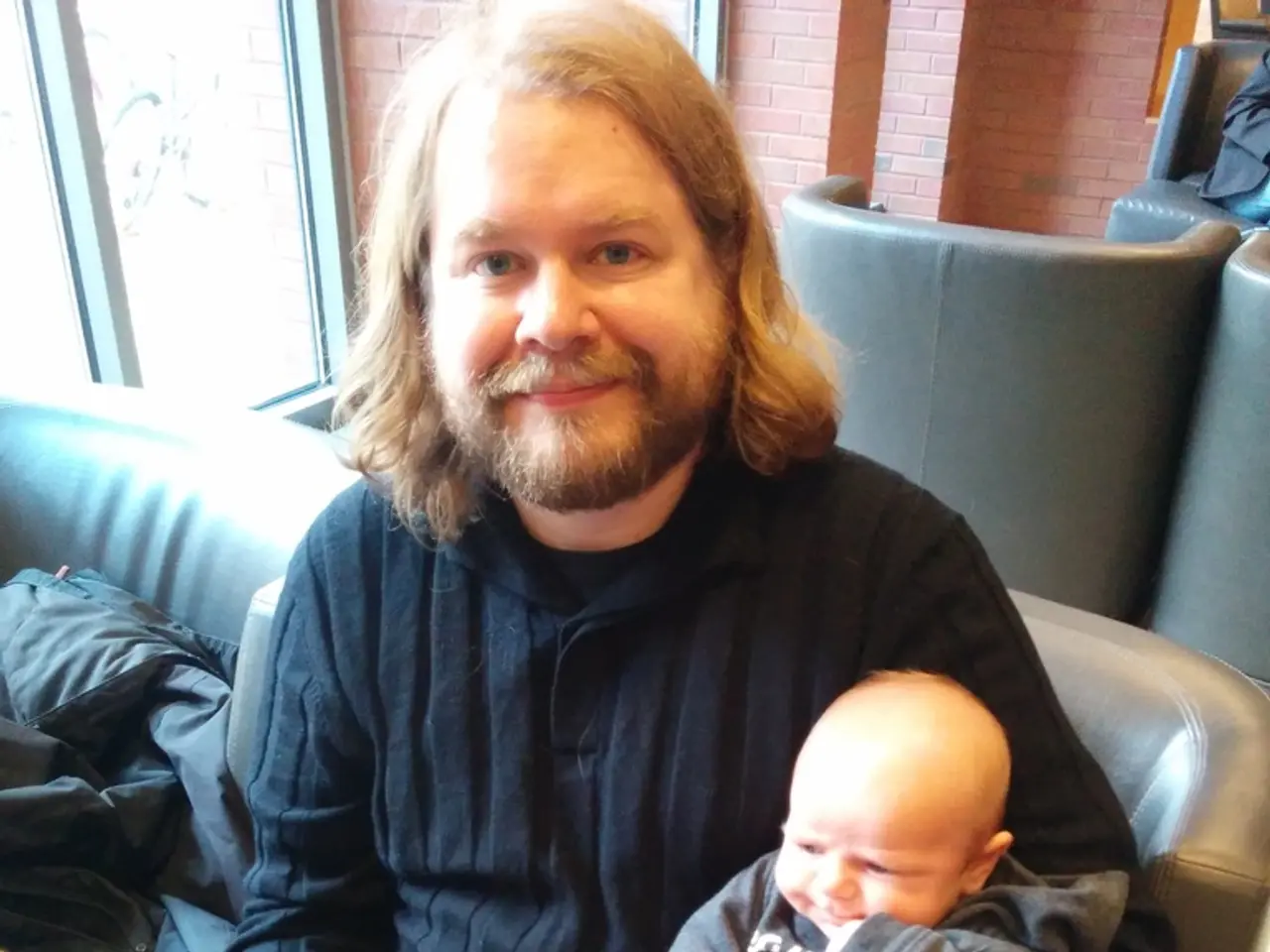Lumbar spinal ganglion cyst impacting the posterior longitudinal ligament, resulting in lumbar stenosis and neurogenic claudication, detailed in a case study.
A 24-year-old male farm worker from the UK sought medical attention due to progressively worsening lower back pain, intermittent painful cramping, and leg weakness that had persisted for six months. The symptoms, which suggested neurogenic claudication, were exacerbated during walking and improved with sitting.
Upon examination, the patient displayed characteristic symptoms of lumbar spinal stenosis, including low back pain, paresthesia, or cramping in one or both legs. Further investigations led to the discovery of a rare spinal ganglion cyst originating from the posterior longitudinal ligament (PLL) of the lumbar spine. The lesion was located at L2-L3 on the anterior wall of the spinal canal, with maximum dimensions of 21 × 7 × 6 mm.
Ganglion cysts can occur in the spinal perineural connective tissue, leading to nerve root compression and associated symptoms. In this case, the underlying mechanism likely involved posture-related compression, leading to neural and microvascular compromise of the cauda equina and lumbosacral nerve roots.
The lesion had a hypointense signal on T1-weighted images and a hyperintense signal on T2-weighted images, with rim enhancement following administration of gadolinium. Sagittal images demonstrated the delamination of the PLL. Differentiating ganglion cysts from other similar lesions requires a detailed histopathologic examination.
MRI was the key imaging modality, providing valuable information about the cyst's characteristics, relationship to surrounding structures, and possible enhancement patterns. Electromyography (EMG) was employed to assess nerve function, given the suspected nerve compression.
Conservative medical treatment, including activity modification, physical therapy, anti-inflammatory medications, and epidural steroid injections, provided no relief for the patient's symptoms. As a result, surgical excision was performed, leading to complete symptom resolution post-surgery. Follow-up MRI confirmed the resolution of stenosis and restoration of normal canal width.
Spinal ganglion cysts typically arise near lumbar facet joints, and treatment options range from pain management and physical therapy to surgical removal. They differ from Tarlov cysts (nerve root sleeve), intraosseous ganglia (bone lesions), and arachnoid cysts in location, imaging, and pathology, which informs diagnosis and management strategies.
This report describes a rare case of severe neurogenic claudication caused by a spinal ganglion cyst originating from the PLL of the lumbar spine, successfully treated with surgical excision. The case underscores the importance of considering rare causes of spinal symptoms and the need for accurate diagnosis and appropriate treatment.
- The man's chronic lower back pain, neurological symptoms like leg weakness and intermittent cramping, could be related to chronic diseases such as health-and-wellness issues involving spinal conditions or even cancer.
- Since conservative therapies and treatments like anti-inflammatory medications and physical therapy didn't alleviate the patient's symptoms, the medical-conditions requiring attention might necessitate more invasive therapies like surgeries, possibly involving the removal of the spinal ganglion cyst.
- Given the rarity of spinal ganglion cysts and the potential for other similar medical-conditions to mimic its symptoms, it's crucial to employ methods like MRI for accurate diagnosis and to differentiate it from conditions like Tarlov cysts or arachnoid cysts to ensure appropriate health-and-wellness management and treatment.




